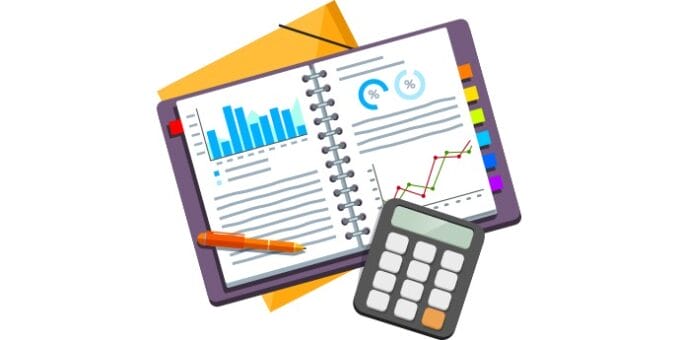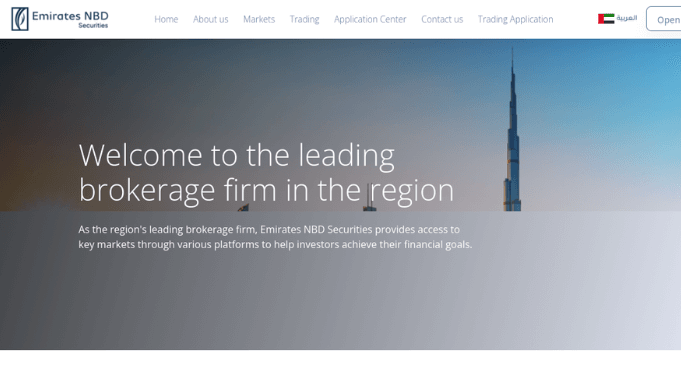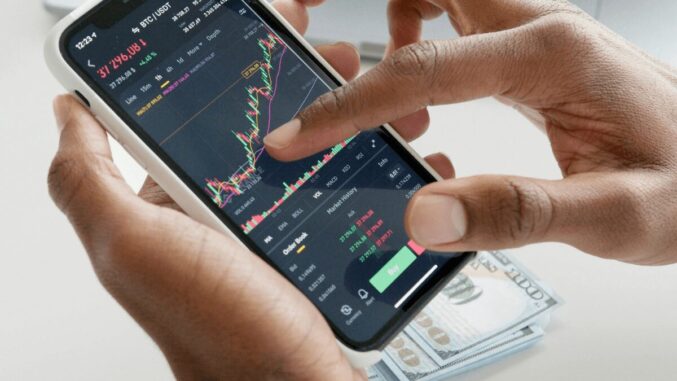Venturing into the world of Forex trading is like stepping onto a battlefield. Success doesn’t just come from courage or instinct—it stems from preparation, strategy, and the tools at your disposal. Much like a seasoned soldier would never go to war without a Swiss Army Knife, a wise Forex trader should never enter the market without a reliable set of tools.
For beginners, this can feel overwhelming. With thousands of options and countless opinions on what’s essential, it’s easy to fall into analysis paralysis. This comprehensive guide breaks down the fundamental tools every novice Forex trader needs to gain clarity, reduce risk, and increase the odds of long-term success.
Why Trading Tools Matter for Beginners
In Forex, information is power—and speed is leverage. Accurate data, timely news, and consistent tracking give you an edge in an environment where every pip and every second counts. Beginners often underestimate the role of tools, assuming that trading is all about instinct or chart watching. But true success comes from informed decisions made with the help of the right support system.
Whether you’re trading casually or aiming to build a professional edge, these tools will form the foundation of your trading success.
1. A Reliable Trading Platform and Clean Charts
Let’s start with your control center—the trading platform. This is where all your analysis, entries, exits, and management happen. For most beginners, MetaTrader 4 (MT4) remains the gold standard, thanks to its user-friendly interface and wide broker compatibility. MetaTrader 5 (MT5) is also gaining traction, especially for those interested in additional asset classes.
Why It Matters:
- Offers real-time charting and trade execution.
- Integrates with technical indicators and automated strategies (Expert Advisors).
- Access to historical data for backtesting strategies.
Pro Tip:
Stick to New York close 5-day charts for accurate daily candles. This provides a clearer picture of price action, particularly for swing and position traders. Avoid cluttered charts—remove unnecessary indicators and stick to clean, ‘naked’ charting for pure price-action analysis.
2. Economic Calendar
Understanding when market-moving events occur is critical. A well-maintained economic calendar keeps you updated on key global economic releases—such as central bank announcements, inflation data, employment reports, and more.
Key Features to Look For:
- Filters by country, impact level (low, medium, high).
- Displays forecast, previous, and actual data.
- Highlights real-time updates.
Recommended Tools:
- Investing.com Economic Calendar
- Forex Factory
- Trading Economics
These platforms provide detailed schedules of upcoming economic events, allowing you to avoid volatile periods or prepare for them in advance.
3. Financial News Feeds and Market Insights
Staying on top of global financial news isn’t optional—especially when central banks, geopolitical events, or natural disasters can trigger unexpected currency movements. A financial newswire gives you real-time updates on market shifts, economic sentiment, and critical news that impacts currency valuation.
Trusted Sources for Forex News:
- Bloomberg
- Reuters
- CNBC
- Financial Times
- Wall Street Journal
- Chweya (for regional insights in African markets)
- ForexLive
- Central Bank websites (e.g., Fed, ECB, BoJ, BoE)
Subscribing to RSS feeds or mobile alerts from these outlets helps you react to market conditions faster and make decisions based on the latest information.
4. Time Zone Converters & Trading Session Trackers
The Forex market operates 24 hours a day, five days a week. However, activity peaks during specific sessions—namely, the London, New York, Tokyo, and Sydney sessions. Understanding these global time zones is essential to identify overlapping sessions, high volatility periods, and the best trading times for your chosen currency pairs.
Useful Tools:
- Market24hClock
- Forex Time Zone Converter by TimeAndDate
- Myfxbook Session Map
Tracking sessions ensures you’re active when volume and liquidity are highest—often during the London-New York overlap.
5. Forex Calculators
Precision is key in Forex trading. Calculators remove guesswork and help you manage trades with mathematical confidence.
Must-Have Calculators:
- Pip Calculator: Understand the value of a pip in your account currency.
- Position Size Calculator: Adjust lot sizes based on risk per trade.
- Margin Calculator: Determine how much capital you need to open a trade.
- Profit & Loss Calculator: Estimate potential returns and losses.
- Volatility Calculator: Gauge market conditions to adjust your strategy accordingly.
Recommended Platforms:
- Myfxbook
- Babypips
- DailyFX Calculators
By mastering these calculators, you reduce the risk of misjudging trade sizes and overleveraging—common mistakes among beginners.
6. Trading Journal

A trading journal is arguably the most powerful and underutilized tool in a beginner’s arsenal. Logging every trade, including your reasoning, emotion, strategy, and results, allows you to refine your approach through reflection and review.
What to Include in Your Journal:
- Entry and exit points
- Trade setup and strategy used
- Risk/reward ratio
- Psychological state during trade
- Outcome and lessons learned
Use a simple spreadsheet, a dedicated journal app (like Edgewonk or TraderSync), or even a physical notebook. The key is consistency.
Over time, your journal will become your personal trading mentor—highlighting what works and exposing costly habits.
7. Solid Hardware & Internet Connection
While software tools are essential, hardware plays a big role too. A slow laptop or unreliable internet connection can result in missed opportunities or execution errors.
Recommended Setup:
- Lightweight, powerful laptop (like a MacBook Air or Lenovo ThinkPad)
- Secondary monitor for charting and analysis
- Stable, high-speed internet connection
- Backup power (e.g., UPS or power bank)
Mobile apps like MT4 or TradingView can supplement your trades on the go, but your primary decision-making should happen on a proper screen where analysis is more precise.
8. Risk Capital & Money Management Plans
Your capital isn’t just money—it’s your fuel for growth. Managing it effectively is non-negotiable. Every beginner should have a clear risk management strategy.
Golden Rules of Risk Management:
- Never risk more than 1-2% of your capital per trade.
- Use stop-loss orders to limit downside.
- Aim for a positive risk/reward ratio (at least 1:2).
- Treat trading capital as a quarterly budget, not a disposable lump sum.
By preserving your capital, you give yourself more opportunities to grow—especially during drawdowns or learning phases.
9. Defined Trading Strategies
Tools are only effective if you know how to use them. A defined trading strategy gives you a rules-based system to approach the market. Whether you’re trading breakouts, pullbacks, or news, stick to a few core strategies you can master and refine.
Key Elements of a Good Strategy:
- Entry and exit rules
- Risk parameters
- Setup criteria (based on technical/fundamental analysis)
- Trade management plan
Avoid switching strategies frequently. Test and tweak through a demo account before committing real funds. Confidence comes from repetition and proven results.
10. Learning Resources & Community Support
Forex is a lifelong learning journey. Continuous education through trusted resources helps you adapt and grow.
Trusted Learning Hubs:
- BabyPips (perfect for beginners)
- Investopedia
- Forex Peace Army
- Eazysignals Academy (structured course with mentorship)
- YouTube channels by reputable traders (but always vet their credibility)
Additionally, joining a Forex community—whether a forum, Telegram group, or Discord server—can provide emotional support, trade ideas, and mentorship.
Final Thoughts
Mastering Forex trading isn’t about having dozens of tools. It’s about using the right ones consistently and efficiently. Start with the essentials: a clean platform, a reliable journal, and a disciplined approach to managing risk. Build on that foundation with calculators, calendars, and constant learning.
Most importantly, never stop refining your edge. Trading is part skill, part mindset, and part preparation. The tools outlined here aren’t just helpful—they’re non-negotiable for long-term success.
What’s Next?
If you’re just starting out, bookmark this guide and begin by integrating one or two tools at a time. Keep your setup simple, your goals realistic, and your learning curve steep.
Have questions or need help choosing the right tools? Drop a comment or reach out—we’re here to support your journey.

